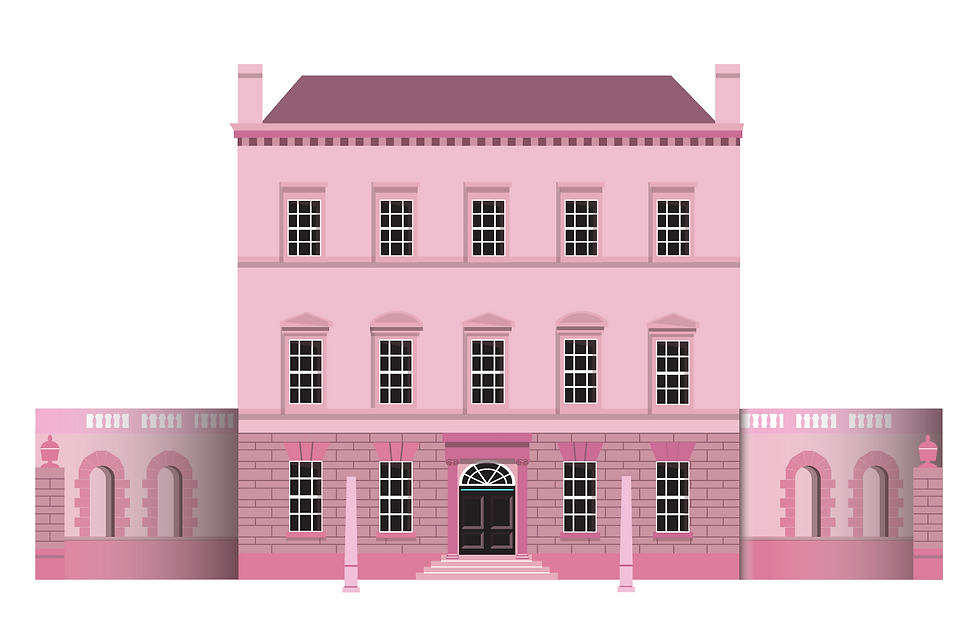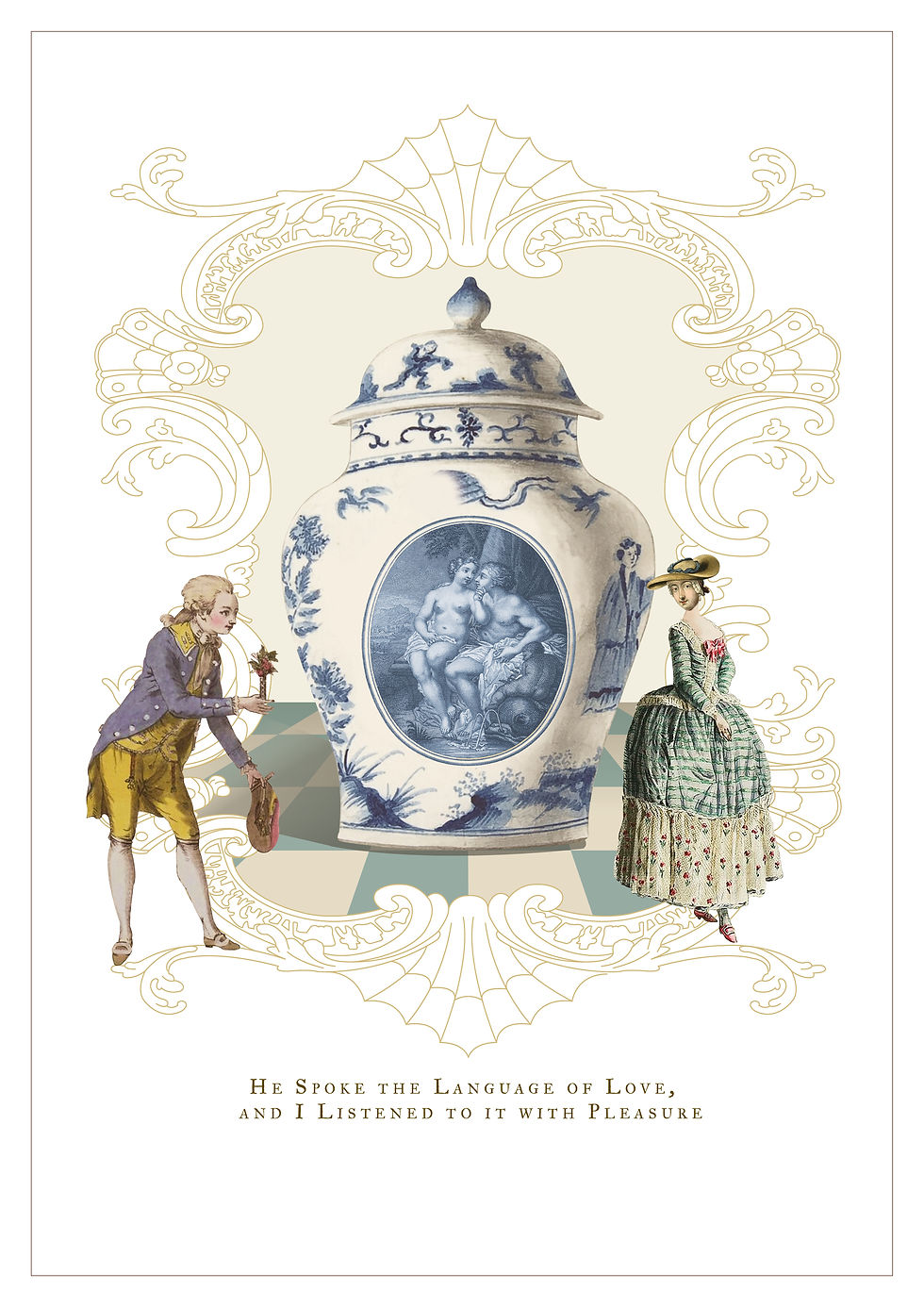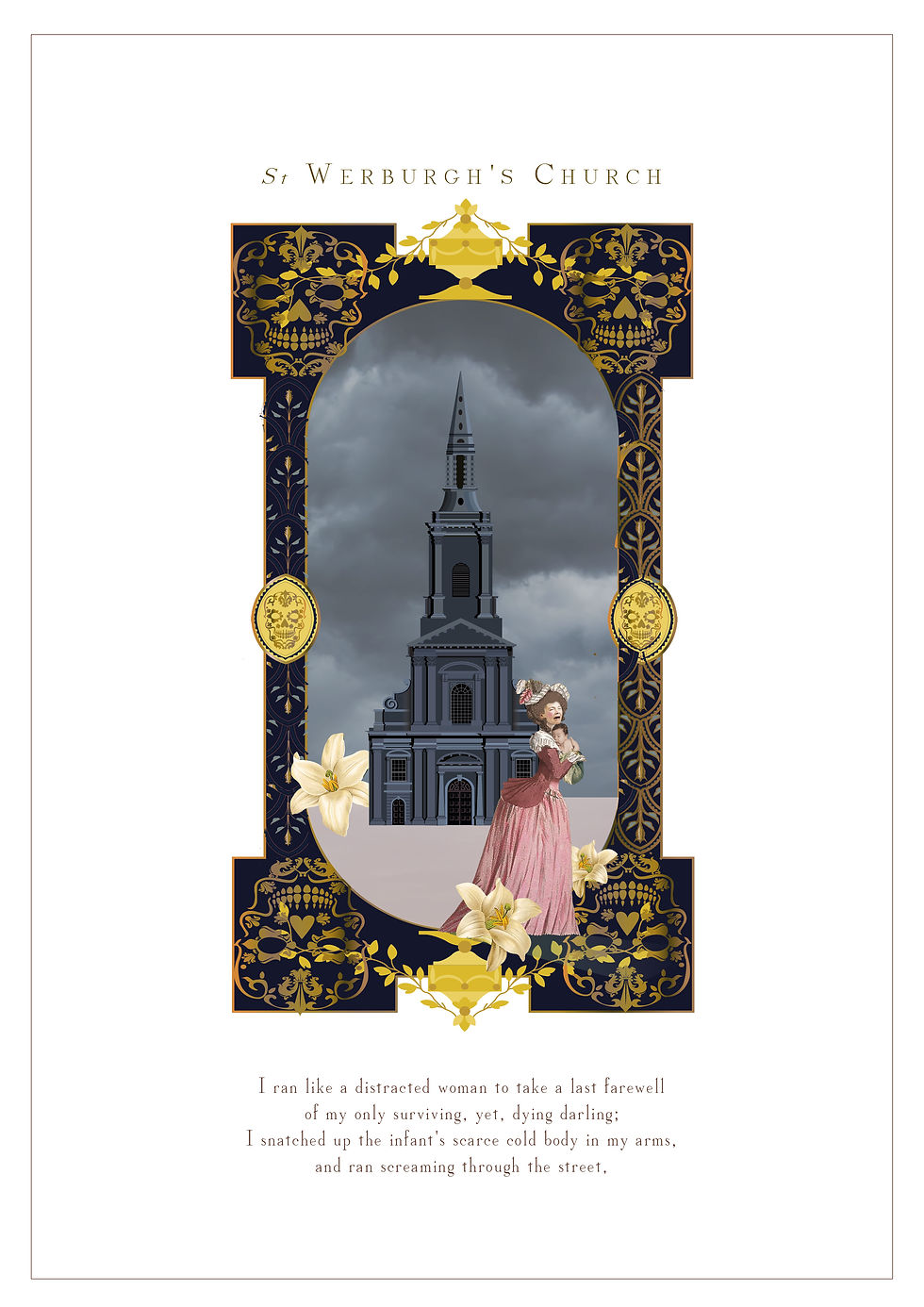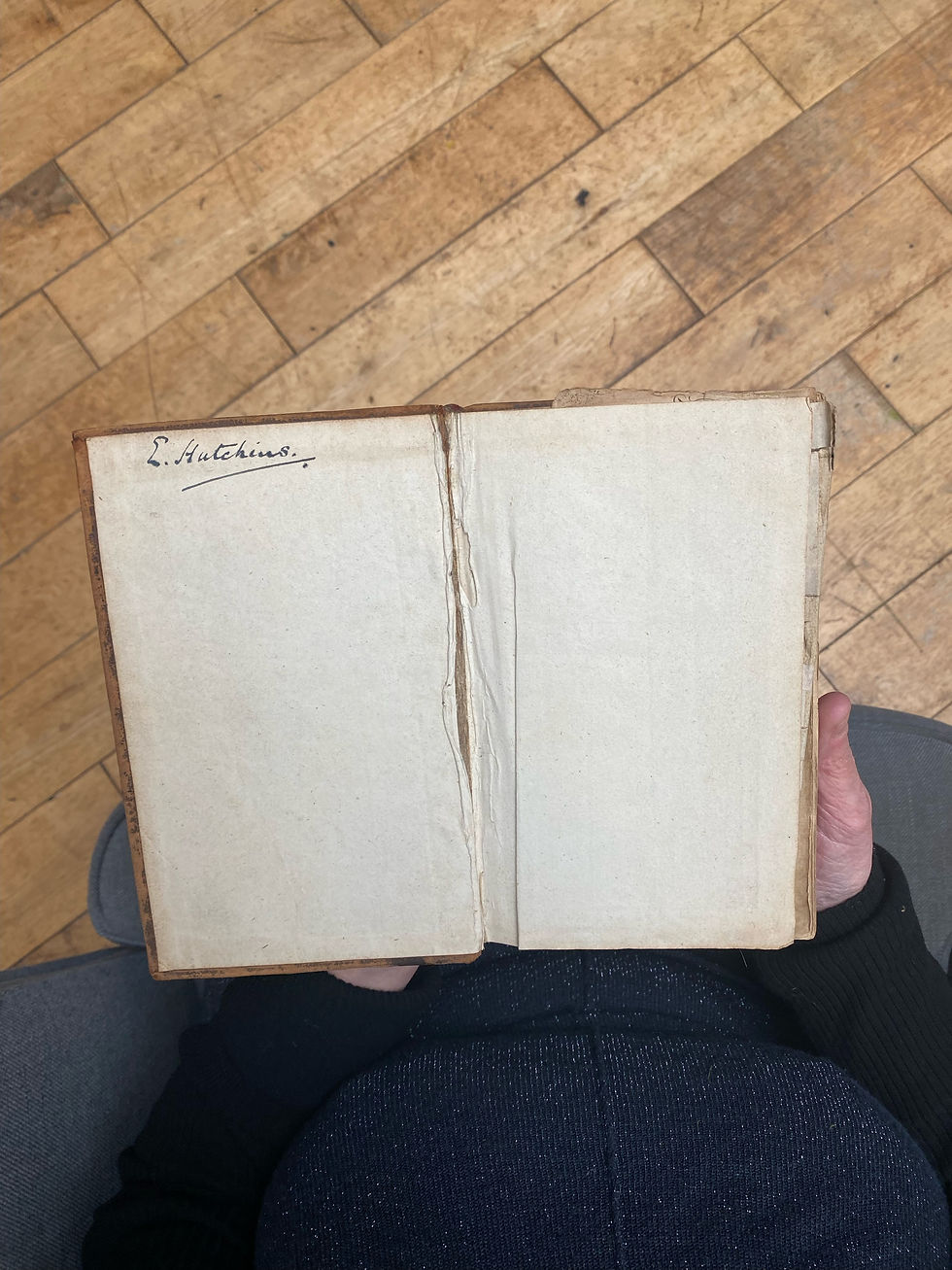weaving past and present
- Jenny Dempsey
- Feb 26, 2023
- 3 min read
Updated: Feb 27, 2023
SOURCES
When I first started researching historical stories I received some advice from Sarah Foster, an expert in visual culture and the Georgian era. She began by discussing primary and secondary sources but quickly stopped, shocked by the baffled expression on my face. I had no idea what she was talking about and she had no idea how I could be researching history without knowing the difference between the two.
If, like me, anyone is unsure about the distinction, a primary source is an account of an event (written or drawn) by someone who actually witnessed it. A secondary source is an account observed at a later date, often with accompanied with some personal analysis
Both have their place. A primary source allows us to make up our own minds. A secondary source sheds a certain light to tell a particular story.
Perhaps drawing is somewhat similar. Sitting in front of a subject and drawing from life will result in a work that encompasses what you see and how you see it. Creating art based on another person's work will take in their view point (ocular and emotional) as well as your own.
I live in twenty-first century, West Cork. Accordingly, it is rather hard for me to draw eighteenth-century Dublin directly from life. I found some beautiful engravings by John Lodge on the internet and am using them as the basis for my drawings. I'm using a flat vector style with strong colours and while this approach might lack verisimilitude, I'm feeling excited about blending the old with the new.


SURPRISES
Peg's story is a personal project. By day, I'm a graphic designer for hire and one of my clients is the Ellen Hutchins Festival. We have been working together for eight years now. Over that time I have become extremely fond of the organisers - as well as Ellen herself. The other day, I received a package from Madeline Hutchins, Ellen's great-grand niece. It was a copy of The History and the Antiquities of the City of Dublin printed in 1776. Madeline sent me the book as she felt it would help with my research with Peg.
I am so touched by this thoughtfulness. Not only will the text be fascinating to read, the book contains the very engravings that have inspired my drawings. It is lovely to see them as they are meant to be enjoyed rather than looking at them on screen.
Technically this book is a secondary historical source. But the fact that it was printed in 1776 - the time period in which Peg lived and worked - makes it a primary artefact for me.
SPIRALS
I continue to be happy with the current illustration style. Using the vector images of buildings together with edited eighteenth-century fashion prints, I'm creating collages that spin a story. The visual is contemporary, yet gives a distinct nod to the past.






I read some years ago that time is not linear: the past is not merely behind us, never to impact upon our present. Instead, we could consider time more like a spiral with the ability to connect and interconnect.
This morning when I woke I turned to the book that Madeline had lent me. I leafed through the pages, marvellingat the fact that I, a woman in the twenty-first century, was holding something that had been touched by someone in the eighteenth century. I was thinking about Peg in Dublin and me in West Cork. I was thinking of how separated we were yet how sometimes I felt close to her. I was thinking of Ellen Hutchins too. Also a woman alive around this time. She lived in both Dublin and West Cork. The book resting in my hands fell open and I noticed the name inscribed on the inside cover. The name of its owner. Fancy that!




Comments